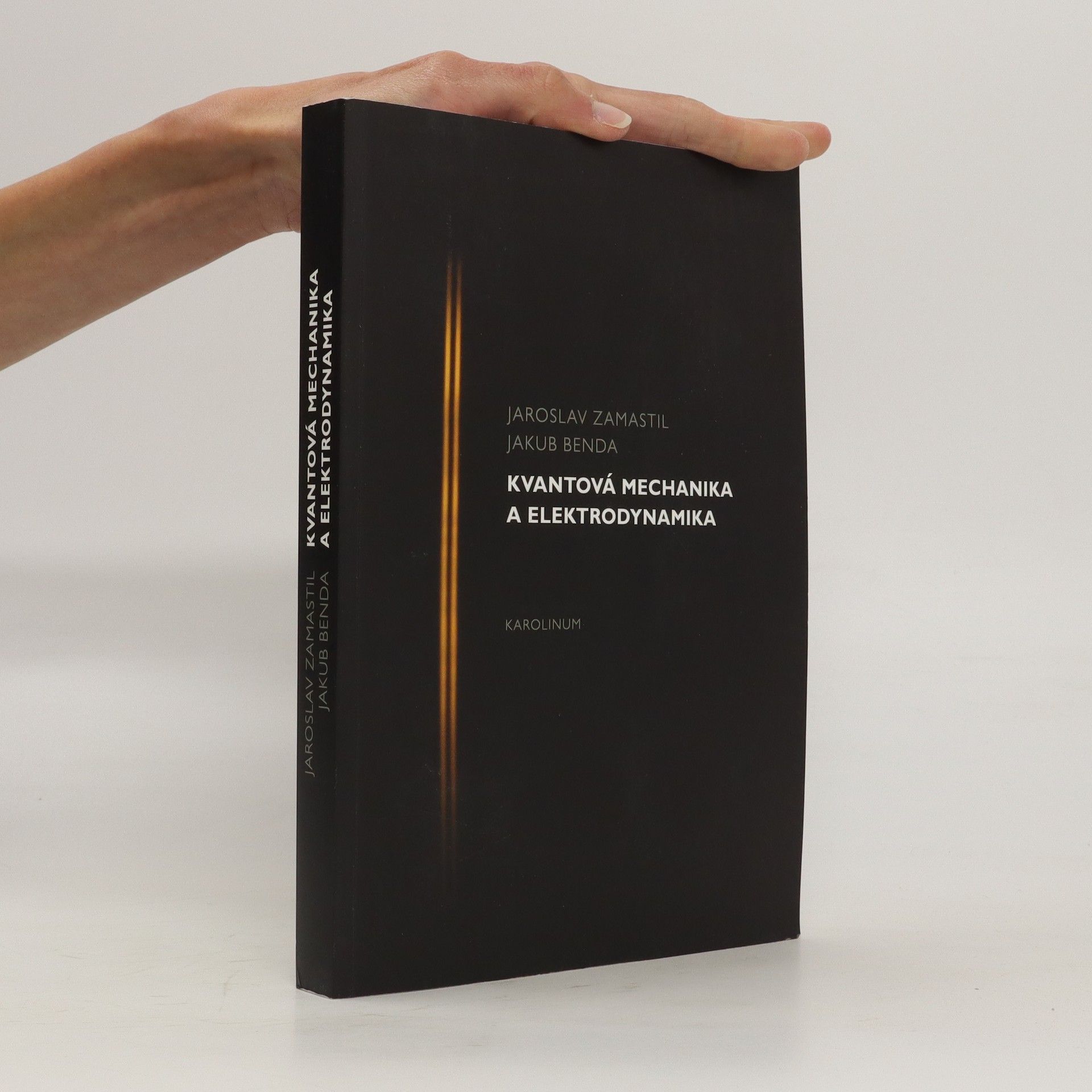Kvantová mechanika a elektrodynamika
- 382 stránek
- 14 hodin čtení
Učebnice se věnuje výkladu základních principů a přibližných metod kvantové mechaniky s důrazem na využití symetrií pro získání řešení praktických problémů. Je zde ukázáno, že symetrie nejen umožňují elegantní řešení problémů, které jsme schopni vyřešit přesně, ale též výrazně zjednodušují řešení problémů, které jsme nuceni řešit přibližně. Dále je zde podán, s minimem nutného formalismu, úvod do kvantové elektrodynamiky a jejímu použití pro fyziku nízkých energií. Systematicky je zde rozebrán vliv relativistických, magnetických a kvantově-elektrodynamických efektů na atomová spektra.

